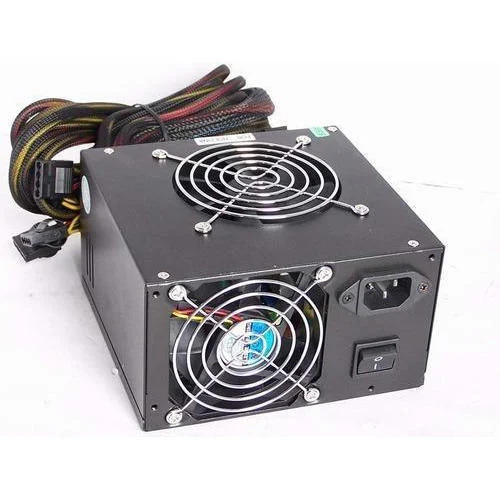smps power supply units

High-efficiency SMPS Power Supply in 2025
Basic Guide about SMPS
SMPS provides the power to the whole system.Innovations in power delivery systems have been fueled by the need for smarter, smaller, and more energy-efficient electronics as technology develops at an unprecedented rate. The High-Efficiency SMPS Power Supply, a fundamental element of contemporary electronic design, is one of the most important elements facilitating this transition. In order to meet the increasing demand for sustainable energy consumption in everything from consumer electronics to industrial machinery, SMPS (Switched-Mode Power Supply) units are more potent, small, and effective than ever in 2025. If you need advanced SMPS visit the ARIHANT INFO SYSTEMS.
A High-Efficiency SMPS Power Supply: What Is It?
SMPS Power Supply A power converter known as a switched-mode power supply uses switching regulators to effectively move electrical power from a source to a load. It uses high-speed switching to change voltage levels.
Benefits of High-Efficiency SMPS in 2025
- Energy Savings: With efficiencies above 90%, these power supplies significantly reduce electricity consumption and operating costs.
- Environmental Impact: Lower power loss translates to reduced carbon emissions, aligning with global sustainability goals.
- Reliability: Improved thermal performance leads to longer component lifespan and reduced maintenance.
- Scalability: Modular and intelligent designs make it easy to scale systems for different load requirements.
- Cost-Effectiveness: While high-efficiency units may carry a higher upfront cost, the long-term savings in energy and maintenance make them a smart investment.
Disadvantages of SMPS power supply
1. A higher initial cost
Advanced materials frequently used in SMPS power supplies, along with complex digital control systems. Although these innovations increase performance, the initial cost of the units is higher than that of standard or older models.
2. EMI, or electromagnetic interference
SMPS units may produce electromagnetic noise as a result of high-frequency switching, which could disrupt sensitive equipment or adjacent electronic devices. Additional filtering components are needed to manage EMI, which raises the design's complexity and cost.
3. Intricate Repair and Design
High-efficiency SMPS systems use sophisticated firmware and circuitry, making them technically complex. This complicates diagnosis and repair, particularly for users lacking specialized equipment or knowledge. Often, replacing the entire unit is simpler than.
Latest trends in SMPS Technolgy
The latest trends in SMPS technology include advancements in materials, switching techniques, and control systems, all aimed at improving efficiency, power density, and performance. New materials like Gallium Nitride (GaN) and Silicon Carbide (SiC) are enabling higher switching frequencies and greater power density. Techniques like zero-voltage switching (ZVS) and zero-current switching (ZCS) are minimizing switching losses, while digital control offers precise and adaptive power management.

